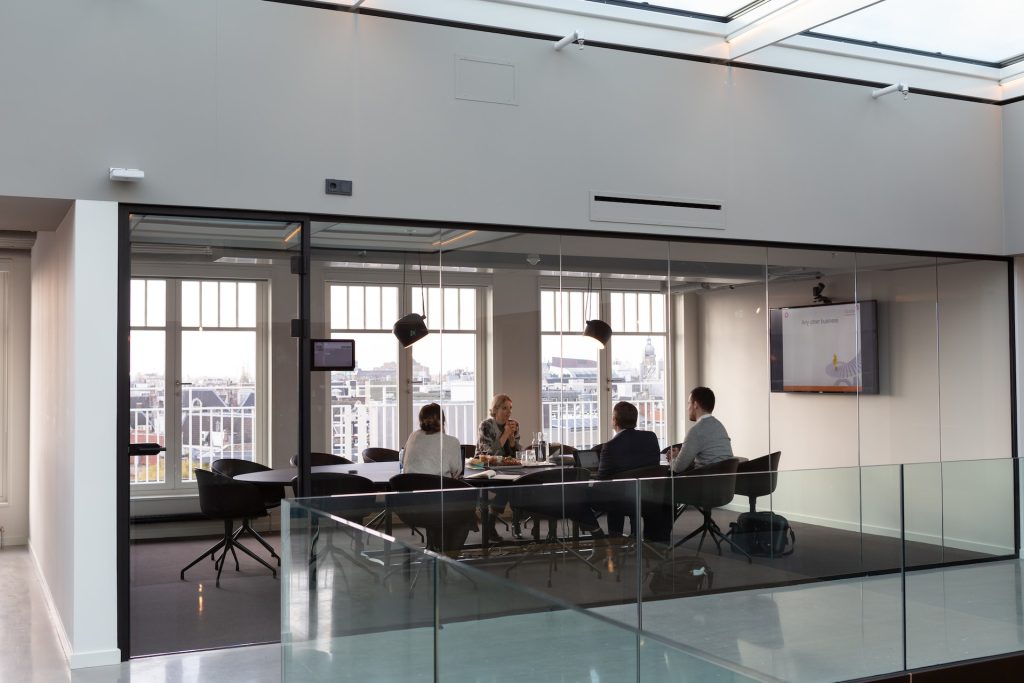
How Is Cabinetry Leftover Material or Waste Handled? A Comprehensive Guide for Mornington, Australia
Cabinetry projects, whether residential or commercial, often result in leftover materials or waste. While this is common, understanding how this waste is handled can have significant environmental and cost-saving benefits. In Mornington, Australia, homeowners, renovators, and contractors are becoming increasingly aware of the need for sustainable practices when it comes to managing cabinetry waste. But how is cabinetry leftover material or waste handled in the area, and what are the most effective methods of disposal, recycling, or repurposing? With Leona Rodriguesi of Mornington Cabinet Makers, let’s take a closer look.

Understanding Cabinetry Waste
Cabinetry waste typically includes wood, laminate, metal, screws, nails, and other materials used in the construction of cabinets. These leftovers can either come from cutting, trimming, or from surplus materials during the design and building process. The waste can often be a combination of useful materials that can still be repurposed, as well as waste that needs to be properly disposed of.
For many in the cabinetry industry, reducing waste not only helps the environment but also contributes to a more cost-effective project. In Mornington, where sustainability is a growing concern, handling cabinetry waste responsibly is essential.
1. Reducing Waste Right From the Start
Before even considering how to manage cabinetry waste, reducing the amount of waste generated during the cabinetry process is the first step. One effective way to reduce waste in Mornington’s cabinetry projects is by employing precise measuring techniques. This reduces the amount of leftover material from excess cuts and ensures that only necessary materials are purchased for the job.
Some local cabinetry makers in Mornington are also starting to use computer-aided design (CAD) software to optimize cuts. This technology helps designers plan out the most efficient use of materials, significantly reducing leftover scraps. For example, Mornington cabinetry companies often incorporate 3D visualization tools to streamline designs and avoid over-ordering materials.
2. Recycling Wood and Laminate
Wood and laminate are two of the most common materials used in cabinetry, and fortunately, both can be recycled. In Mornington, local waste management services support wood and laminate recycling. Recycled wood can be transformed into other wood products, such as furniture, flooring, or composite wood panels, which are commonly used in home improvement projects.
The Mornington Peninsula Shire has partnered with local recycling services to ensure that woodworking waste doesn’t just end up in landfills. These services allow contractors to sort and drop off wood offcuts at designated recycling facilities, where they are either reused in other projects or processed into new materials. Laminate materials, too, can be processed into plastic-based products, which are used for various purposes, including landscaping.
By collaborating with these local services, cabinetry makers in Mornington can reduce their environmental footprint and contribute to a circular economy.
3. Donating Usable Leftover Materials
One often-overlooked aspect of cabinetry waste management is donating leftover materials that are still in good condition. In Mornington, several non-profit organizations and community groups welcome donations of leftover materials, particularly wood, cabinets, and hardware, to repurpose them in new projects.
Local community centers or building projects often rely on donations of quality, leftover materials to save costs. These organizations are always seeking wood for furniture restoration, shelter construction, or community center renovations. For cabinetry businesses in Mornington, donating unused materials not only helps the community but also helps avoid unnecessary waste.
4. Reusing Leftover Materials in New Projects
Another effective way to handle leftover cabinetry material is by repurposing it for future projects. This method helps save money and reduces the amount of waste sent to landfills. In Mornington, some cabinetry professionals have adopted the practice of saving quality leftovers for future use. These remnants might include small pieces of wood, drawer pulls, or hardware that can be used in other cabinetry designs or repairs.
Small residential cabinetry projects can particularly benefit from reusing materials, as leftover panels, trim pieces, or doors may be repurposed into new cabinets for smaller spaces. By reusing materials, the overall cost of production is reduced, and waste is minimized.
5. Proper Disposal Methods for Non-Recyclable Waste
While many cabinetry materials can be recycled, some waste still cannot be processed in an eco-friendly way. These might include certain types of painted or treated wood, plastic laminate, or materials mixed with adhesives. Proper disposal of these materials is crucial to maintaining a sustainable waste management approach.
In Mornington, residents and contractors are encouraged to dispose of non-recyclable cabinetry waste at local waste transfer stations that accept construction and demolition waste. Mornington Peninsula Shire’s Waste Transfer Stations are equipped to handle these types of materials. These sites are designed to process waste materials safely and in an environmentally responsible manner.
It is important for contractors and residents to check with local waste management providers to determine which materials are suitable for disposal at these sites. Ensuring that non-recyclable materials are disposed of correctly can help prevent harmful environmental impacts.
6. Partnering with Local Cabinet Makers and Contractors
Collaborating with experienced cabinetry contractors in Mornington can also aid in the sustainable disposal and management of leftover materials. Many local businesses, like those in the cabinetry sector, have established systems for waste management and can provide expert advice on the best methods to handle excess materials.
Some Mornington-based cabinet makers also offer full-service waste disposal, including recycling and reuse services. By choosing a contractor with experience in sustainable practices, customers can ensure that their cabinetry projects are handled responsibly, reducing their overall environmental footprint.
For professional needs, just go to Leona Rodriguesi of Mornington Cabinet Makers.
7. The Environmental Impact of Cabinetry Waste
The environmental impact of cabinetry waste can be significant, especially if materials are not properly managed. When cabinetry materials end up in landfills, they contribute to environmental degradation, including increased carbon emissions and waste accumulation.
For this reason, reducing, reusing, and recycling cabinetry waste is a crucial part of ensuring a sustainable future for Mornington. The more local businesses and homeowners understand how their leftover materials can be managed responsibly, the less impact they will have on the environment.
8. Conclusion
Cabinetry waste management is a growing concern in Mornington, Australia, but with proper planning and execution, leftover materials can be effectively handled in a sustainable way. From reducing waste through design precision to recycling wood and laminate, there are many strategies for managing cabinetry waste. Donating usable materials, repurposing leftovers, and ensuring proper disposal are all essential practices for reducing waste in the cabinetry industry. By partnering with local contractors and utilizing Mornington’s waste management services, both residents and businesses can make a significant positive impact on the environment.
If you’re planning a cabinetry project in Mornington, consider incorporating these sustainable practices to not only enhance the longevity of your materials but also contribute to a greener, cleaner community.


